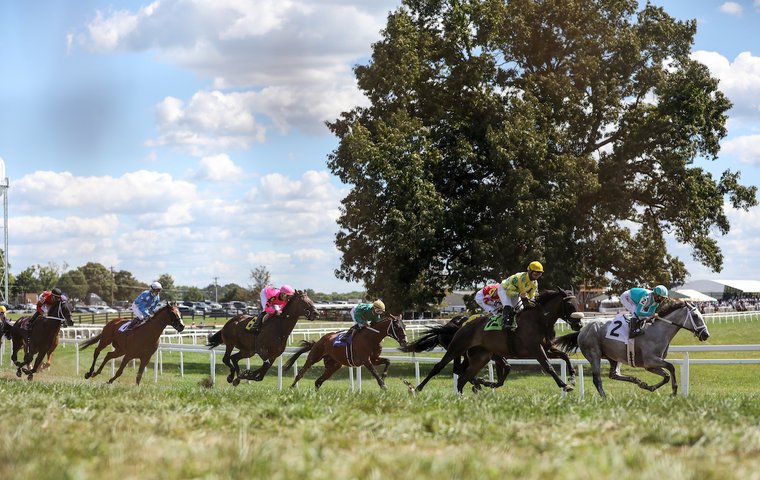
With million-dollar purses and richly endowed maidens, the idiosyncratic turf-only track near Nashville is thriving ready for its short, sharp, seven-day September meet. Amanda Duckworth reports
The term ‘unique’ can be overused – but in the case of Kentucky Downs, it is entirely appropriate that it is the word most people choose to describe such a distinctive venue. Located a few hours from Churchill Downs and Keeneland, the track isn’t a flat oval, there is no dirt racing, and it is so flush with cash these days that it has given away millions in purse money to all the other racetracks in Kentucky.
Adding to its mystique is that the Kentucky Downs meet comes and goes in a flash. This year, there are seven days of racing scheduled, which is up one from last year. The 2022 racing dates – run as the ‘FanDuel meet’ and featuring several races potentially worth $1 million – are September 1, 3, 4, 8, 10, 11 and 14.
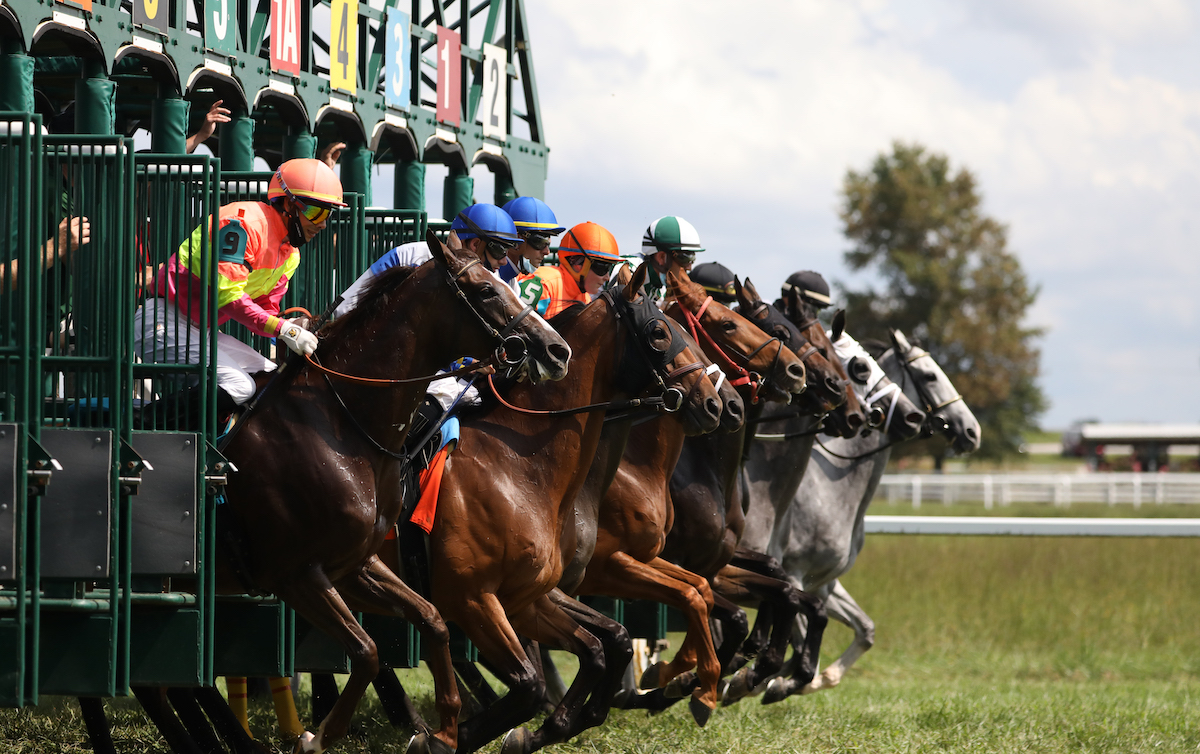 Kentucky Downs has swiftly climbed the ranks of popularity in the past decade – largely thanks to ‘historical horse racing’ revenue creating large purses and full fields—but even though the track has changed hands, the desire to keep it distinctive has remained.
Kentucky Downs has swiftly climbed the ranks of popularity in the past decade – largely thanks to ‘historical horse racing’ revenue creating large purses and full fields—but even though the track has changed hands, the desire to keep it distinctive has remained.
“It’s been a fun ride,” said Ted Nicholson, Kentucky Downs’ vice president for racing. “I have been doing this for almost eight years now, and it has been amazing to be a part of the continual growth. I have an all-star team that helps me pull off the meet, and we have been trying to take care of the horsemen as best as we possibly can.”
Located on the state line between Kentucky and Tennessee, Kentucky Downs has always been known for its casual, fair-like atmosphere. Built in 1990 in what was essentially a pasture, it features a mile-and-five-sixteenths kidney-shaped turf course that is anything but flat, making it rather different from the traditional American racecourse.
“I would love to run more days, but the issue we have is being able to run on a safe racecourse,” explained Nicholson. “We don’t have the capability of going off the turf, so the longer the race meet, the more likely you are going to lose a day here or there. Last year we were incredibly lucky to have dry weather for the whole week.
“This year we are spreading our meet out more over two weeks and trying to give the track a break a few days here, a few days there. Ideally, I would love to run more days. It’s not that we wouldn’t want to, but we want to see how we handle it turf-wise with seven days instead of six. It all boils down to safety.”
A colorful history
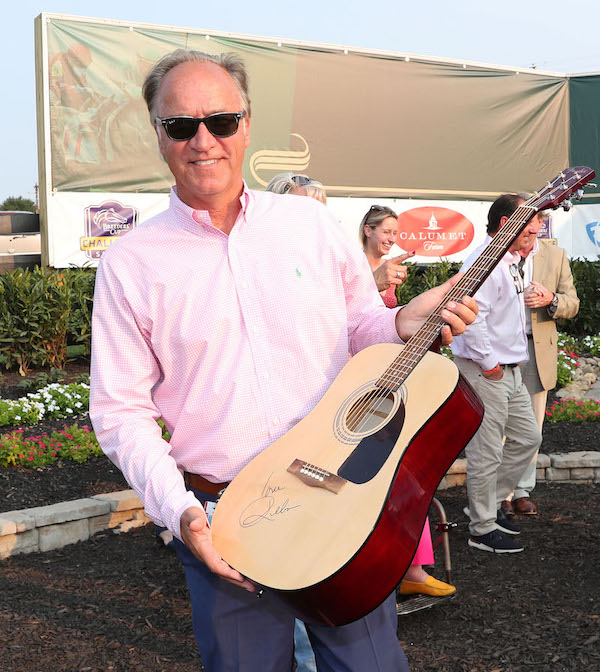 Originally, the track was named Dueling Grounds Race Course as a nod to the area’s history. Back in the day, dueling was illegal in Tennessee but not in Kentucky, so those with who demanded satisfaction would head to this patch of land to settle their disputes. Nowadays, gambling laws are much stricter in Tennessee than they are in Kentucky. Tennessee’s capital, Nashville, is only about a half-hour drive from Kentucky Downs, making it ideally situated for those looking for some betting opportunities.
Originally, the track was named Dueling Grounds Race Course as a nod to the area’s history. Back in the day, dueling was illegal in Tennessee but not in Kentucky, so those with who demanded satisfaction would head to this patch of land to settle their disputes. Nowadays, gambling laws are much stricter in Tennessee than they are in Kentucky. Tennessee’s capital, Nashville, is only about a half-hour drive from Kentucky Downs, making it ideally situated for those looking for some betting opportunities.
The track, which featured steeplechases early in its existence, fell on hard times in the 1990s and was sold for $11 million at bankruptcy auction in 1997. It was then that the name was changed to Kentucky Downs.Ownership has since changed several more times, and most recently it was acquired by Kentucky Racing Acquisition LLC in March 2019, making Ron Winchell (of Tapit fame) and Marc Falcone the current owners and managing partners of the track.
While owners have come and gone, arguably the biggest change for Kentucky Downs came in 2011 when it introduced historical horse racing terminals, allowing people to bet on races that have already happened.
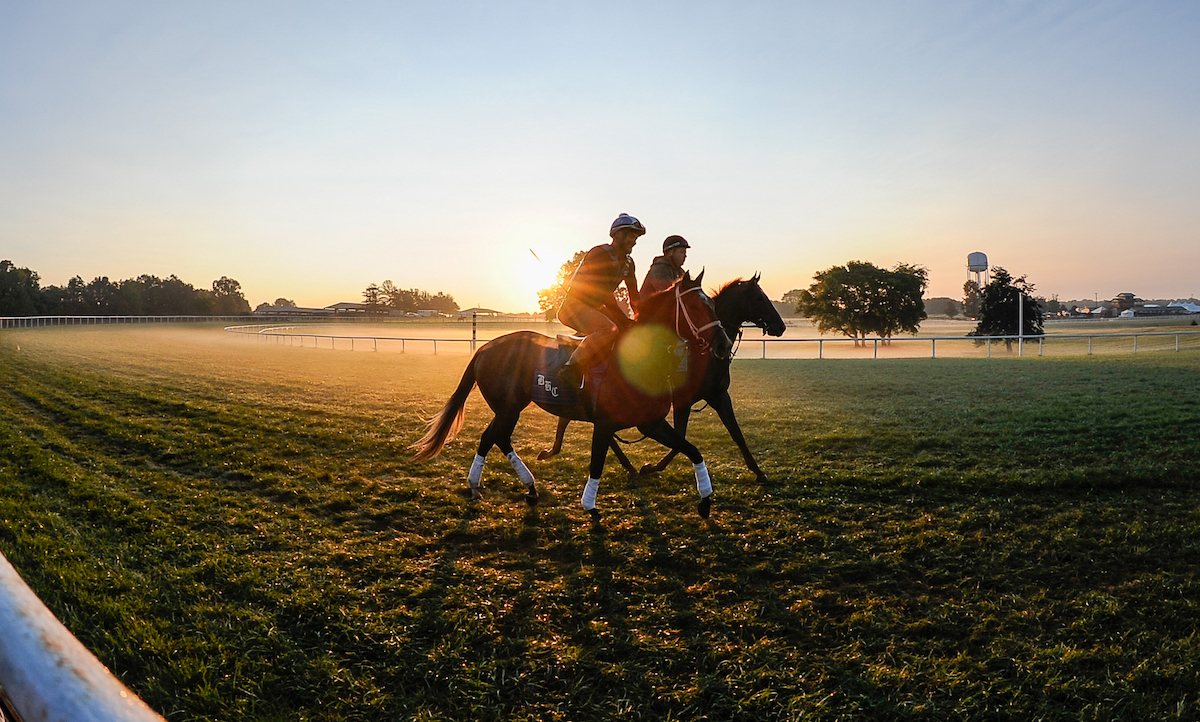 “I think the best way to describe it is – oxygen,” said Nicholson. “For us at Kentucky Downs to be able to go from giving purse money away of $700,000 total for a whole race meet around 15 years ago, and now we have a race meet where we are giving away $18m, is incredible. We are also able to provide and help support the other racetracks. After this year, we will have sent over $22m to Ellis Park. If you add in the other three racetracks [Churchill Downs, Keeneland and Turfway], we have also supported them over the last four years or so with well over $10m.
“I think the best way to describe it is – oxygen,” said Nicholson. “For us at Kentucky Downs to be able to go from giving purse money away of $700,000 total for a whole race meet around 15 years ago, and now we have a race meet where we are giving away $18m, is incredible. We are also able to provide and help support the other racetracks. After this year, we will have sent over $22m to Ellis Park. If you add in the other three racetracks [Churchill Downs, Keeneland and Turfway], we have also supported them over the last four years or so with well over $10m.
“It wasn’t all that long ago that we were third in purse money behind New York and California, and now we are first. Every horseman I talk to absolutely loves it because they can walk into the sales ring at Keeneland and feel comfortable that they can get even on a horse by winning just one race. I think that’s the biggest thing that historical racing has been able to provide everyone in the state, not just Kentucky Downs. It’s just been a gigantic source of oxygen.”
Money talks
Such is the level of prize-money at Kentucky Downs that this year’s meet could feature as many as six races worth $1 million for registered Kentucky-breds. The $1m WinStar Mint Million, a G3 contest, goes on Saturday September 3, with two $1m events a week later in the Kentucky Turf Cup and FanDuel Turf Sprint. Both are G2 events.
However, Kentucky Downs recently announced that three more races could be worth $1m for registered Kentucky-breds, with purse incentives added to the $750,000 Kentucky Downs Ladies Turf, $600,000 Franklin-Simpson and $600,000 Mint Ladies Sprint. If a G1 winner runs in any of those stakes, that purse will be bumped to seven figures, including money from the Kentucky Thoroughbred Development Fund (KTDF).
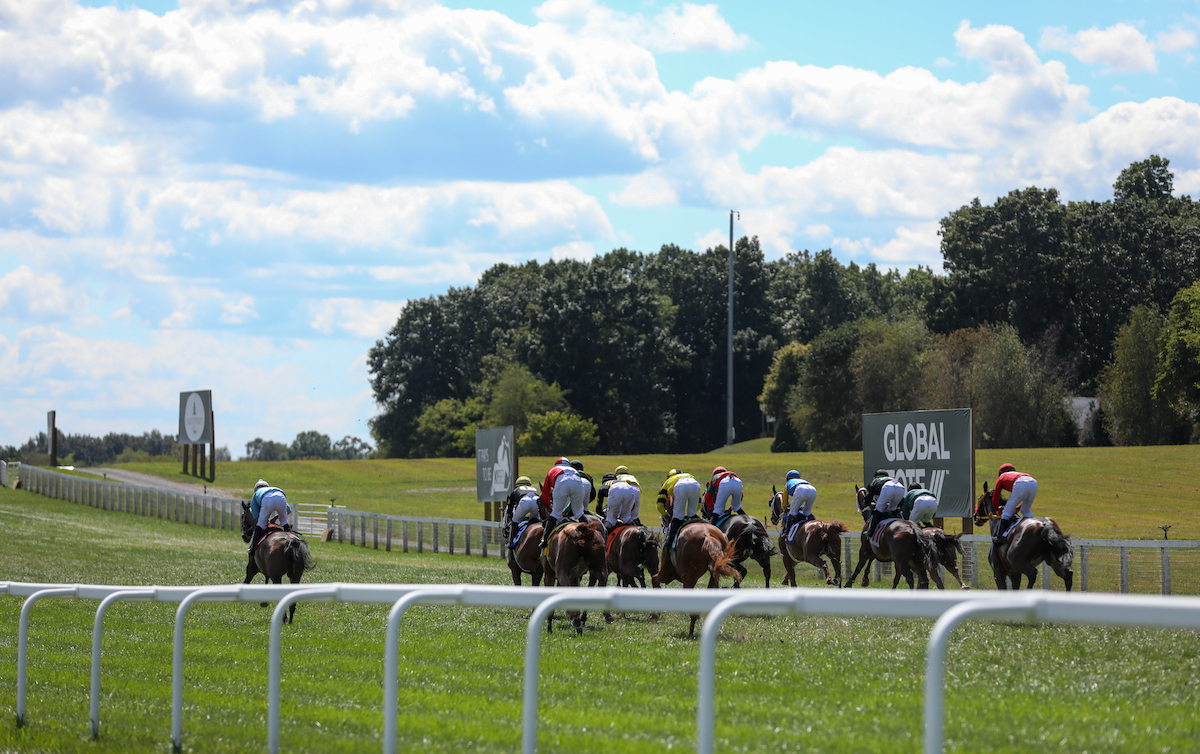
“This is just another step as Kentucky Downs works to improve its racing program and to reward horse owners who make this great industry possible,” said Nicholson. “We've been fortunate to receive graded designation for a number of stakes in recent years, and now the objective is to get them upgraded. The ultimate goal is to get a Grade 1 designation.
“In that regard, money talks – or certainly helps. The KTDF makes it possible for us to have $1 million races for Kentucky-breds, which dominate racing. But we also want to make the base purse attractive to horsemen who have quality horses that weren't born in the commonwealth.”
What is more, at this year’s meet registered Kentucky-breds will not just be running in the richest maiden races in the country, but also the world, according to Kentucky Downs. Maiden races will go for a record $150,000, including a purse supplement of $70,000 from the KTDF, surpassing even Japan. In 2011, the last year before historical horse racing was fully implemented, maiden races were $25,000.
Historical horse racing
The legal battle to have historical horse racing in the state was not an easy one, but Nicholson said the dream of everyone involved was that eventually there would be enough purse money to go around. It’s not a requirement that Kentucky Downs shares the wealth, but it is something it plans to continue to do.
“We only race seven days a year, and it is difficult for us to race much more than that,” said Nicholson. “We are generating all this purse money, so it only makes sense for us to try and help the other racetracks and prop up the entire industry. We want to help the other tracks in the commonwealth. We benefit by other racetracks around us doing well, too. It’s a gigantic positive for everyone.”
Kentucky Downs is also in the middle of a large renovation, which will include a hotel with views of the racecourse, although progress has been slowed due to the pandemic. From last year to now, the track has been able to expand its open-air Finish Line Pavilion, pave roads, build 40 new stalls, and put fiber internet throughout the facility. More changes are to come, and Nicholson is looking forward to a time where fans can enjoy the track again without major construction.
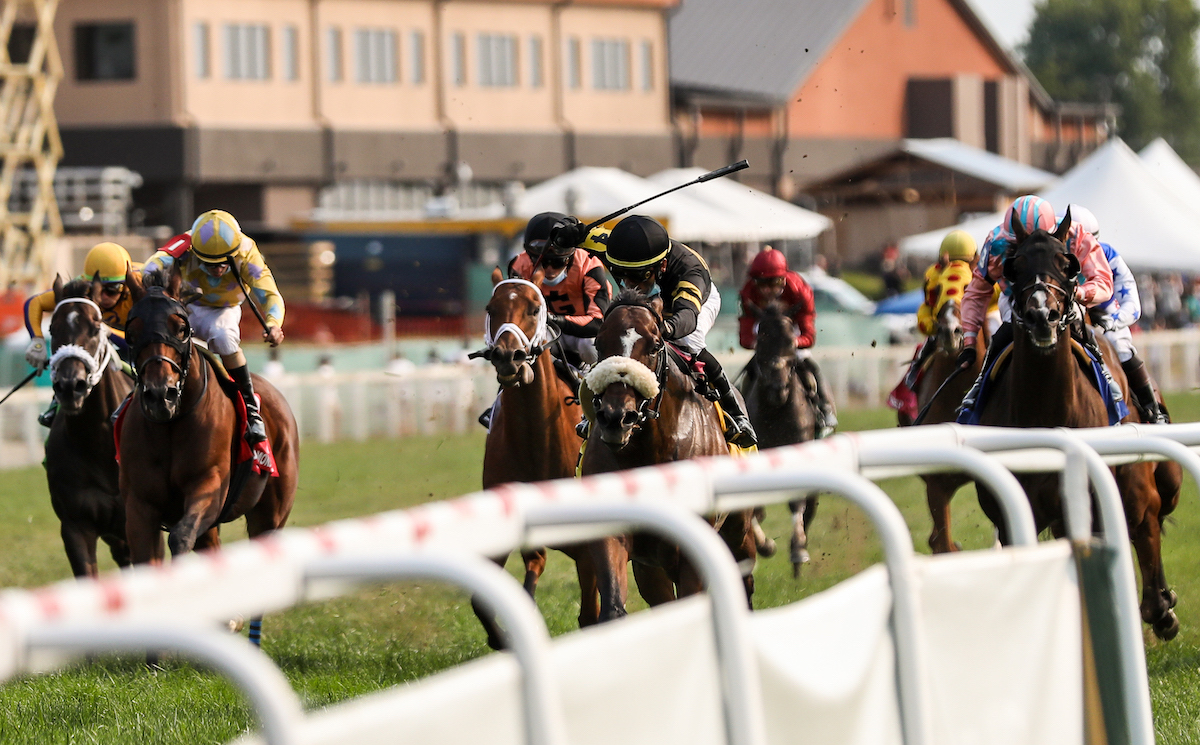 “The pandemic really hurt some of our growth plans,” he said. “Those who were here last year and saw the construction fence, they will see that again. We are also building a convention center and it is getting closer to be completed, but the hotel is just going to be starting. We are not where we wanted to be and we are really looking forward to the 2023 race meet when the hotel will be done.”
“The pandemic really hurt some of our growth plans,” he said. “Those who were here last year and saw the construction fence, they will see that again. We are also building a convention center and it is getting closer to be completed, but the hotel is just going to be starting. We are not where we wanted to be and we are really looking forward to the 2023 race meet when the hotel will be done.”
While Kentucky Downs is making improvements, Nicholson is aware that maintaining the laid-back experience is an important part of the track’s reputation. “Every venue has a feel, and Kentucky Downs has its own feel,” he said.
“It is different. I get told all the time that people love coming here because it is casual. We also offer the uniqueness of being so close to the action, hearing the hoofbeats, hearing the riders chirping to the horses.
“It’s not something you get to see or experience every day. We are up close and personal, and we are a fun atmosphere. It was always unique, and now you have the best horses, jockeys, and trainers, from both coasts, here, in Franklin, Kentucky.”
• Visit the Kentucky Downs website
Children of Secretariat: maintaining the famous family line to Secreto, Istabraq and Dare And Go
Eddie Delahoussaye: I don’t like having rules made by people who don’t know anything about the game
Saratoga sizzle: how blue-collar hero Thunder Rumble put New York-breds on the map
Jay Hovdey: Sandpit: nothing less than a four-legged Robert Redford
View the latest TRC Global Rankings for horses / jockeys / trainers / sires


